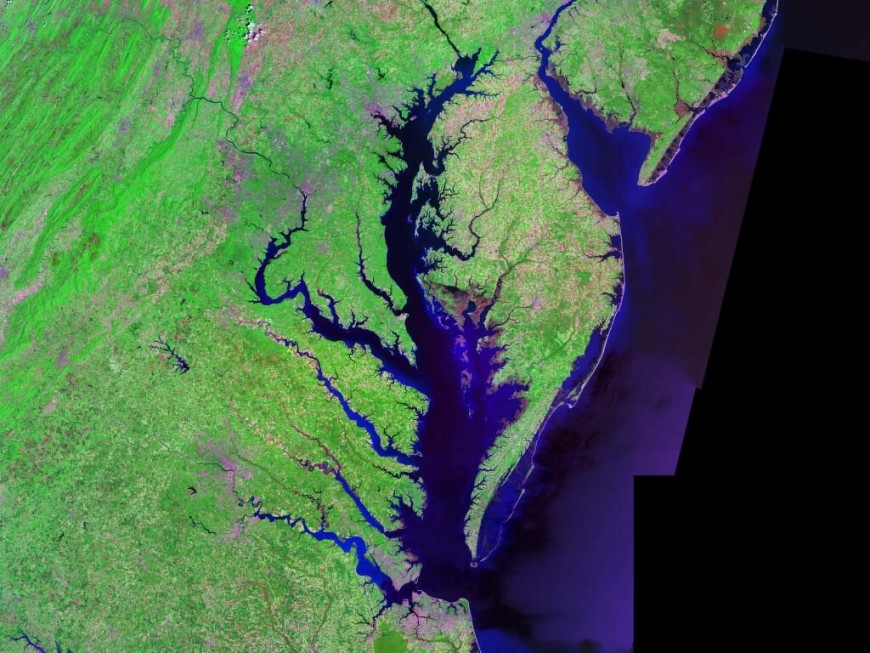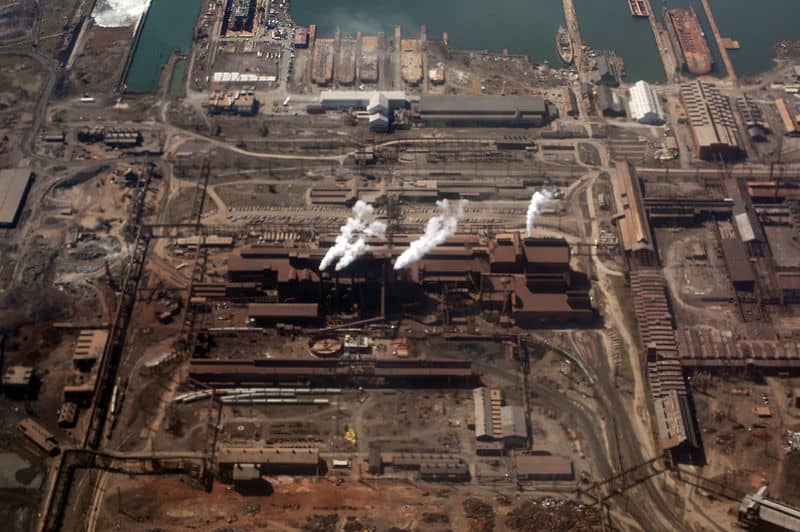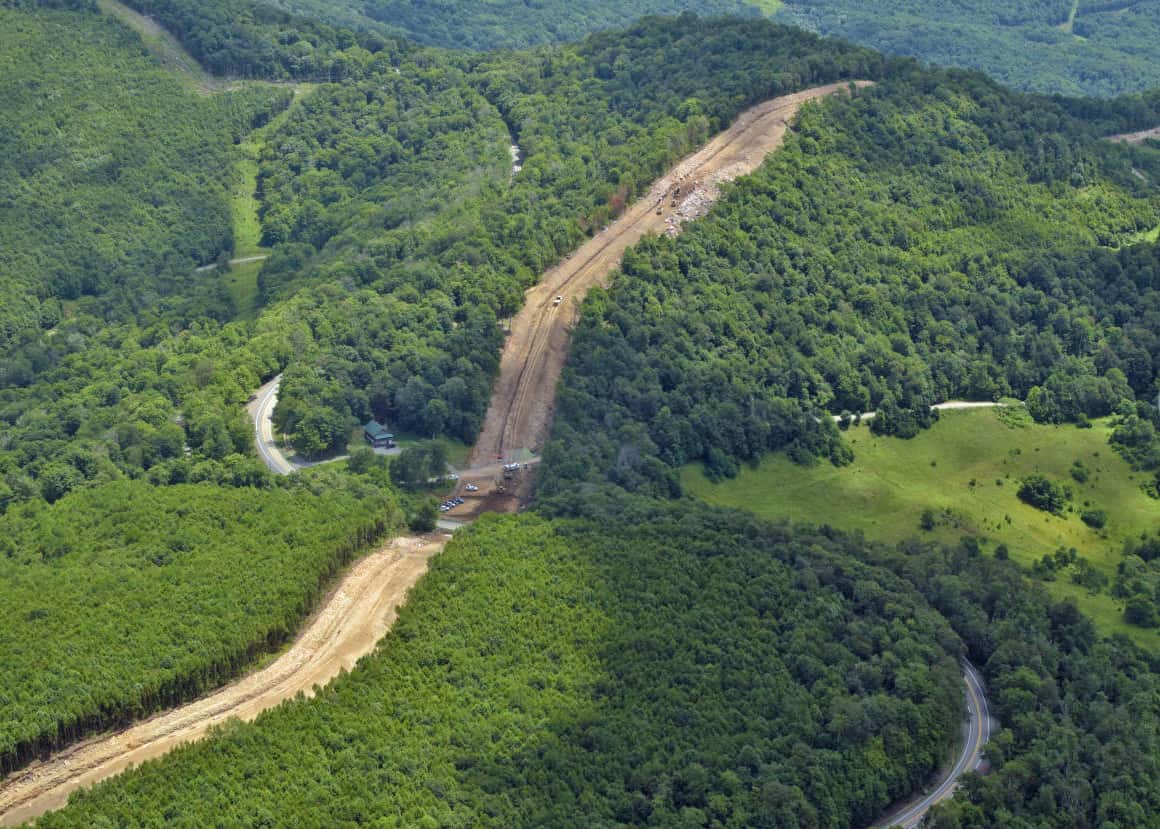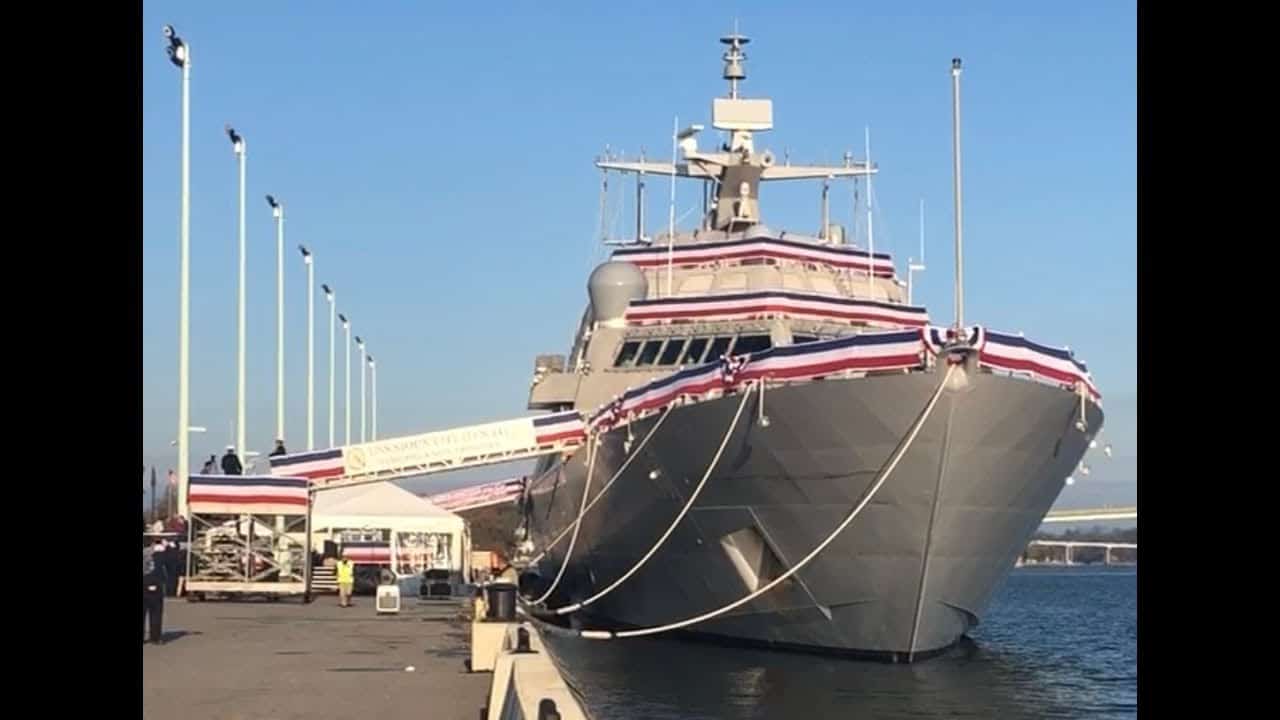On Tuesday, researchers at the Chesapeake Bay Program announced their prediction that this summer’s dead zone will be smaller than the long-term average taken between 1985 and 2021.
The Bay Program says the grounds for the prediction rest in below-average spring runoff from the Chesapeake watershed, cooler than normal temperatures in May, and, thankfully, reduced flows of nitrogen, phosphorus, and sediment coming into the system because of cleanup efforts from the Chesapeake Bay “pollution diet”.
If the prediction holds up (as the team’s 2021 prediction did), it means a smaller volume of low-oxygen Bay water this summer. That’s good news for the fish, crabs, oysters, and the other creatures that make the Chesapeake ecosystem tick.
An estuary like the Chesapeake naturally develops areas of low dissolved oxygen in summer, but science over the past 40 years indicates that human-driven pollution greatly increased it in the 1980s, ‘90s, and ‘00s before improved wastewater treatment, agricultural conservation practices, and stormwater restoration allowed the pollution diet to begin taking effect.
Even so, a warming client and wet years like 2018 and 2020 exacerbate the problem by causing high runoff pollution from unprotected farmland and urban/suburban areas. If climate change is indeed warming our climate and causing more precipitation, we’ll have to keep pushing forward with the pollution diet as vigorously as ever to avoid the large dead zones we saw two and four years ago.
This year’s promising prediction results from collaboration by an integrated team of scientists from the University of Maryland Center for Environmental Science (UMCES), the Maryland Department of Natural Resources (DNR), the Virginia Institute of Marine Science (VIMS), the University of Michigan, and the U.S. Geological Survey (USGS). As in previous years, the prediction is a sophisticated combination of real-time water quality surveys and 21st-century computer modeling.
If you’re in Maryland and want to keep track of this year’s dead zone, a great resource is DNR’s Eyes on the Bay (if you’re an angler, be sure to check out the site’s Click Before You Cast section). In Virginia, follow the Chesapeake Bay Environmental Forecast System run by VIMS.
If you’d like to see what a dead zone looks like, check out the Chesapeake Bay Foundation (CBF) story below. You’ll see a sonar unit in which all of the fish are high in the water column because there is not enough oxygen below them to survive, even though the summer surface water temperature is uncomfortably high for them. This problem is especially acute for the Chesapeake’s fish and crabs.
Dr. Beth McGee, CBF’s Director of Science and Agricultural Policy, has this to say about this year’s Bay program prediction. “Tthe Bay is trending in the right overall direction, but it still has a long way to go—a hill made much steeper due to climate change. And again this year, large portions of the Chesapeake Bay and its tidal rivers will have insufficient oxygen to support a healthy ecosystem…EPA must hold the states, especially Pennsylvania, accountable to meet pollution reduction requirements from all sources. Without those state and federal efforts, the Chesapeake [pollution diet] will be yet another in the history of failed Bay restoration efforts. We’ve learned what it takes to restore the Chesapeake’s health. We just have to keep the pedal to the metal.”
-John Page Williams




